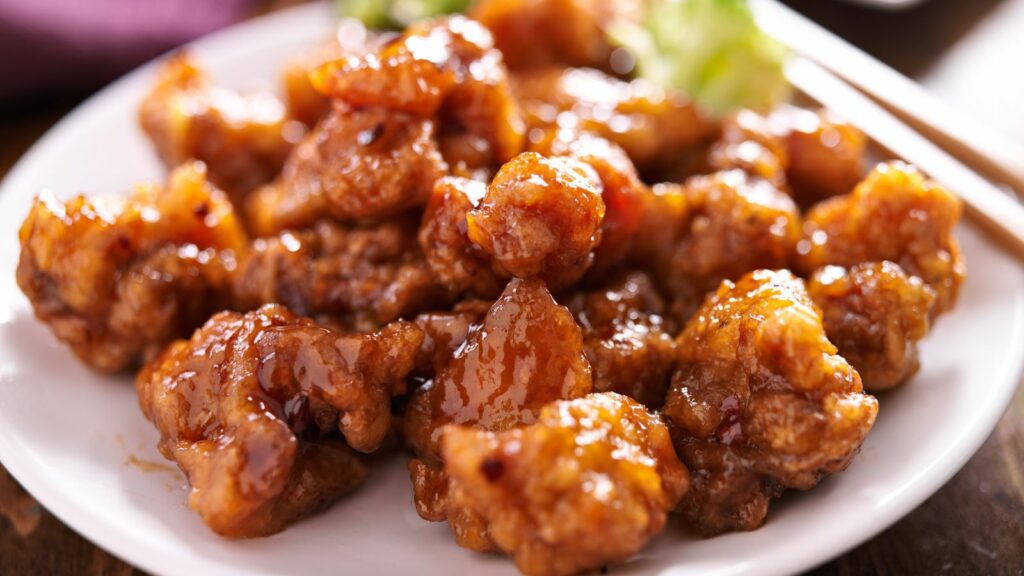Steamed buns, a culinary gem nestled in the heart of Asian cuisine, are more than just a fluffy online delight. They’re a testament to the rich tapestry of flavors and textures that define the diverse food culture of the East. From the bustling street markets of Beijing to the vibrant food stalls of Bangkok, these buns are a universal symbol of comfort food.
Steamed to perfection, these buns carry a delicate balance of taste and texture that’s hard to resist. Whether they’re filled with succulent meats, sweet bean paste, or simply served plain, they offer a gastronomic adventure that’s worth exploring. So, let’s embark on a culinary journey to discover the magic of steamed buns in Asian cuisine.
Steamed Bun in Asian Cuisine
Circling back in time, the inception of steamed buns traces back to Northern China, around 1,800 years ago. Sources relate this culinary innovation to the Three Kingdoms era under the influence of military strategist Zhuge Liang. Immersed in revered cultural narratives, Liang’s troops reportedly used steamed buns, known as ‘mantou’, as food offerings, outlining its inaugural significance in Asian food culture.

Steamed buns, as ‘artificial skulls’ during ceremonies, migrated into mainstream cuisine, gradually becoming diet staples within Chinese society. Their emblematic role in cultural rituals, like Qingming Festival and Hungry Ghost Festival, echoes through contemporary society, silently testifying the unbroken bond of tradition.
Over time, these simple buns have woven into the tapestry of Asia’s food culture, transforming ordinary meals into gastronomic experiences.The journey of steamed buns has not been stagnant; it’s evolved, branched out, mirrored local customs and ingredients. This evolution has led to a variety of regional styles and flavors in Asian cuisine.
Ingredients and Preparation Techniques
Featuring these fluffy, delicate-steamed treats broadens the experience of Asian cuisine. The following paragraphs dive into common ingredients and systematic preparation methods of steamed buns.Steamed bun ingredients range from basic to diverse, reflecting the key flavors one might savor across Asia. Predominantly, dough serves as the basic companion in every bun, usually made from plain or wheat flour. Additionally, a leavening agent, such as yeast or baking powder, grants the bun its airy texture.

Across the continent, one discovers unique fillings inside these soft pockets. In Chinese ‘baozi’, for example, the fillings constitute a mixture of ground pork, shredded cabbage, and chopped scallions. Japan’s ‘Nikuman’, mirrored after the ‘baozi’, injects a Japanese twist by incorporating Shitake mushrooms, bamboo shoots, and ginger in the filling. Pushing diversity even further, the Filipino ‘Siopao’ may comprise sweet or savory fillings like pork adobo, shredded chicken or even purple yam.
Baking these culinary marvels includes a few fundamental steps. The initial step encompasses mixing the flour and leavening agent, then kneading the resultant mass into a semi-firm dough. A resting phase follow, permitting the dough to rise, thereby augmenting its fluffiness.
Popular Varieties of Steamed Buns
Diving deeper into the realm of steamed buns, one uncovers not only the common but also the unique varieties that have developed across different regions of Asia.

Dim Sum buns, notably Cha Siu Bao from the Cantonese cuisine, take center stage. These small, round buns harbor a sweet and savory barbecue pork filling. they’re a staple on the menus of Chinese Dim Sum eateries. The white, fluffy exterior yields to a mixture of tender, richly-marinated pork, featuring ingredients like soy sauce, hoisin sauce, and sesame oil. The cooking technique emphasizes on slow cooking to infuse intense flavor into the pork, making every bite an explosion of taste.
Going beyond China, Asian cuisine offers a galore of unique regional steamed buns. Consider Japan’s Nikuman; differing from the Chinese baozi, Nikuman are typically filled with a combo of ground pork, onions, bamboo shoots, and shiitake mushrooms. Gracing Philippine’s cuisine, Siopao buns highlight either a sweet or savory filling, the most popular versions being Asado (slow-cooked pork or chicken) or bola-bola (meatballs).

